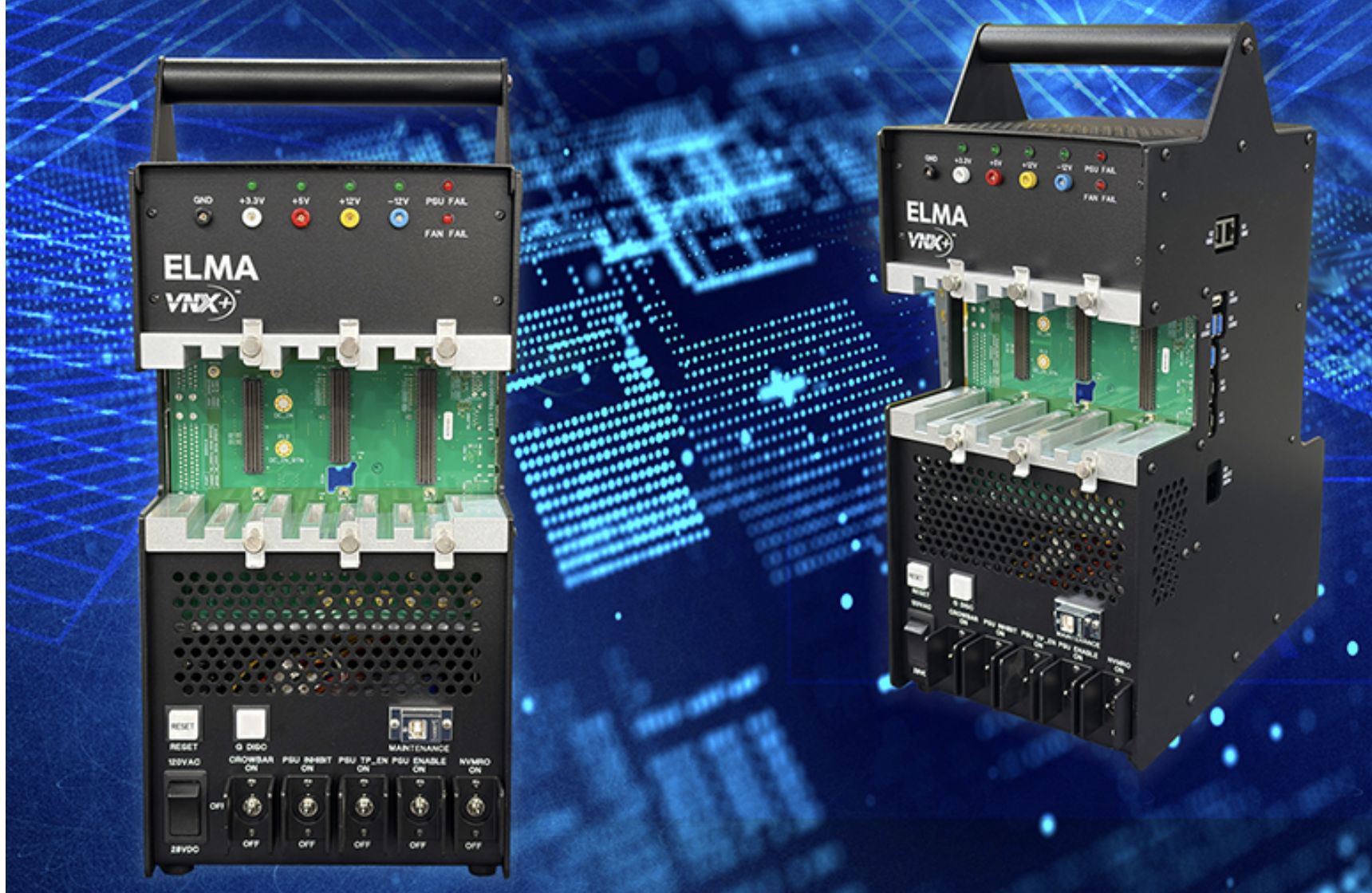SAN FRANCISCO, CA–(Marketwire – June 04, 2012) – DAC Booth # 1930 — Cadence Design Systems, Inc. (NASDAQ: CDNS), a leader in global electronic design innovation, today announced its collaboration with TSMC on 3D-IC design infrastructure development.
3D-ICs require co-design, analysis and verification of heterogeneous chips and silicon carriers. Coming from multiple disciplines and product areas, TSMC and Cadence teams worked together to create and integrate features to support this new type of design, culminating in the test-chip tapeout of TSMC’s first heterogeneous CoWoS (Chip-on-Wafer-on-Substrate) vehicle.
Cadence 3D-IC technology enables multi-chip co-design between digital, custom and package environments incorporating through-silicon vias (TSVs) on both chips and silicon carriers, and supports micro-bump alignment, placement, routing and design for test. It includes key 3D-IC design IP, such as a Wide IO controller and PHY to support Wide IO memories. Test modules were created using the Cadence Encounter RTL-to-GDSII flow, Virtuoso custom/analog flow, and Allegro system-in-package solutions.
“In 2012 3D-IC became a viable option for real-world chip design,” said John Murphy, group director, Strategic Alliances at Cadence. “For 10 years, Cadence has invested in SiP (System in Package) and 3D-IC design capabilities. Now we can share this knowledge with designers to bring this versatile technology to market.”
Cadence 3D-IC technology helps enable device designs that will be incorporated into TSMC’s recently introduced CoWoS process. CoWoS is an integrated process technology that bonds multiple chips in a single device to reduce power, improve system performance and reduce form factor.
“Big leaps in electronic design don’t happen without strong collaboration, and our partnership with Cadence in CoWoS design is a good example,” said Suk Lee, TSMC senior director, Design Infrastructure Marketing Division. “For 3D-IC design ecosystem readiness, Cadence played an important role in the development of design technology and the necessary IP.”
Learn about 3D-IC Technology at DAC 2012 in San Francisco
Cadence and TSMC will offer a joint tutorial on Monday, June 4 at DAC describing the practical approaches to 3D-IC, TSV and Wide IO. The companies will share the experiences gained in the design, manufacturing, test and assembly of 3D-IC CoWoS chips.
About Cadence
Cadence enables global electronic design innovation and plays an essential role in the creation of today’s integrated circuits and electronics. Customers use Cadence software, hardware, IP, and services to design and verify advanced semiconductors, consumer electronics, networking and telecommunications equipment, and computer systems. The company is headquartered in San Jose, Calif., with sales offices, design centers, and research facilities around the world to serve the global electronics industry. More information about the company, its products, and services is available at www.cadence.com.




